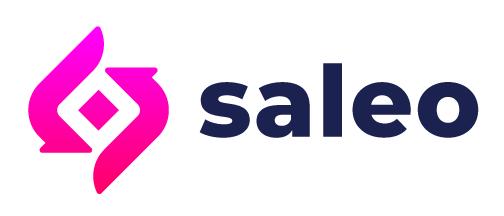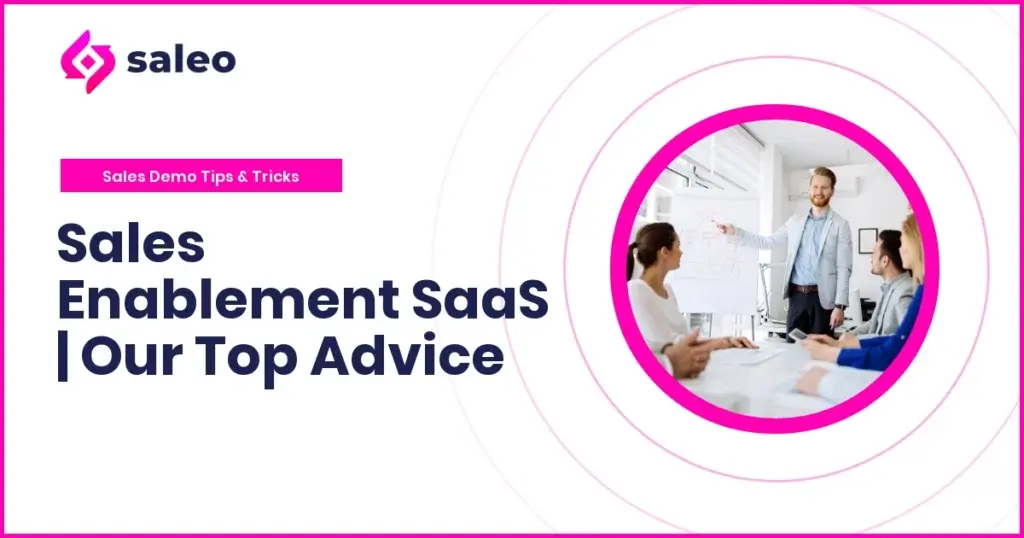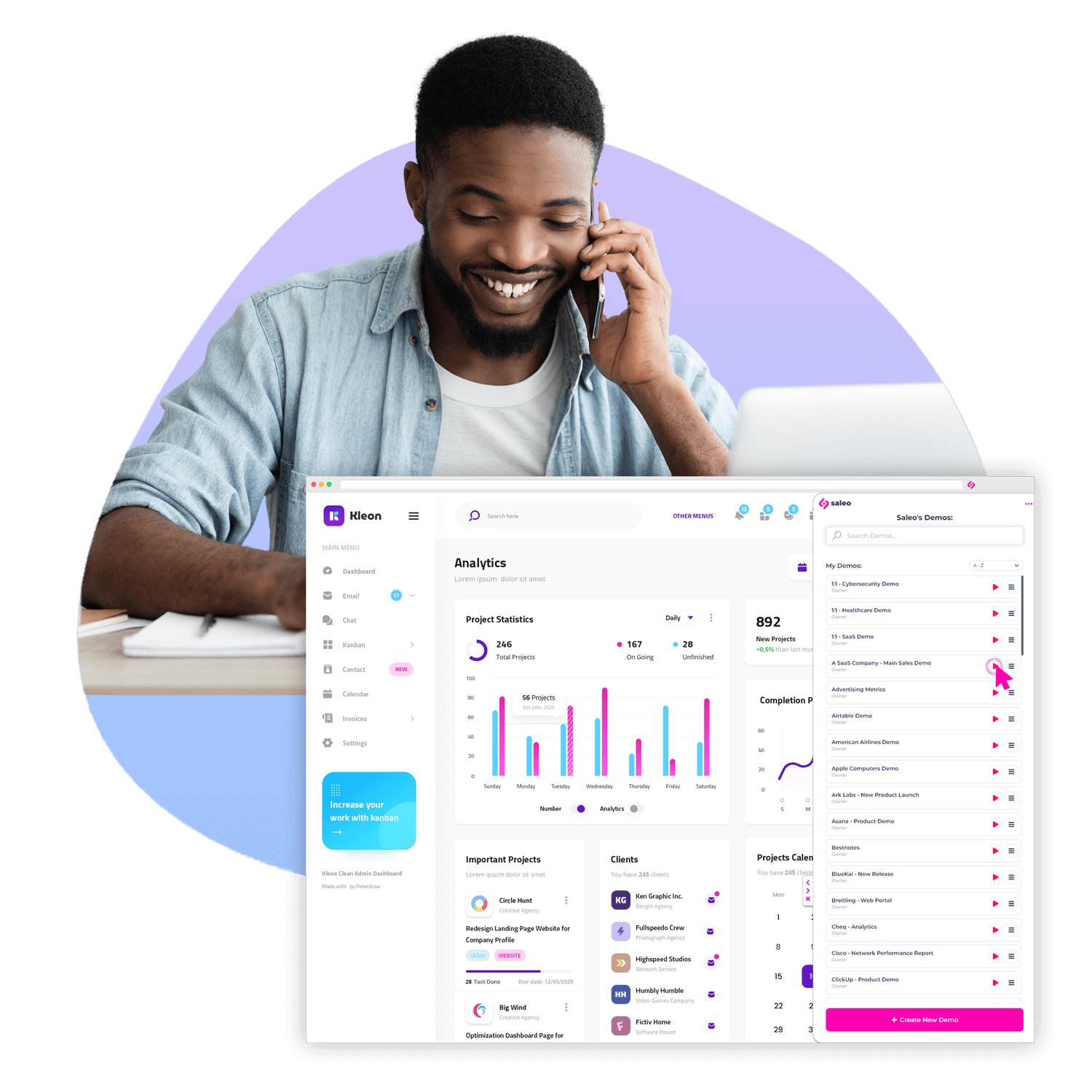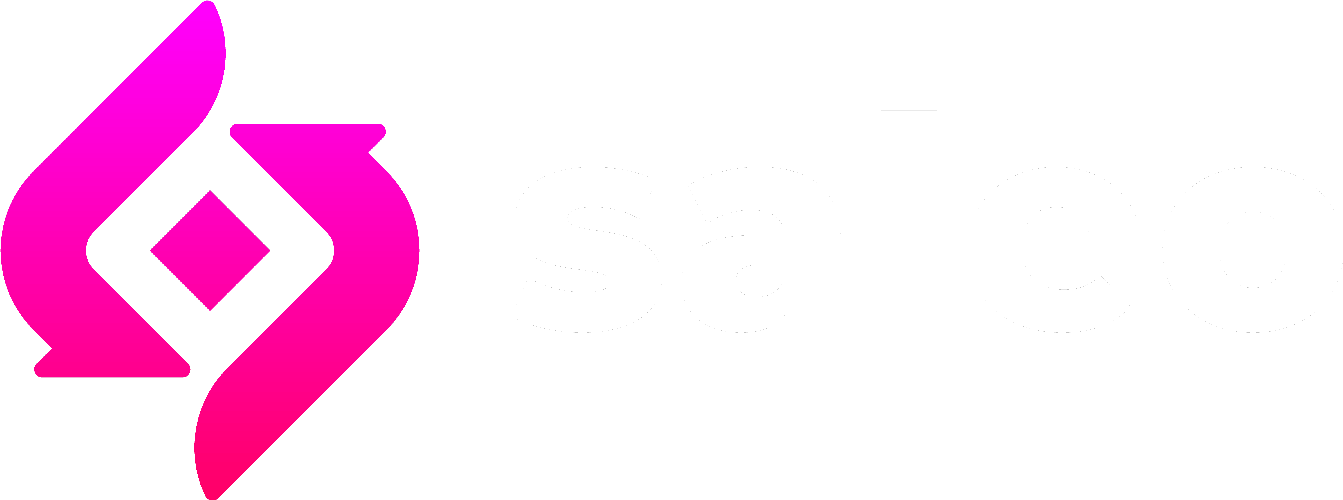Sales enablement in SaaS entails providing your organization’s sales teams with all the resources they need for success. With a solid sales enablement process in place, you can streamline your sales pipeline, engage leads more effectively, and ultimately, sell more software.
As sales enablement is a broad role, many different functions and tactics go into SaaS sales enablement success. To help you out, we’ll explore some of the best tips and considerations in this guide.
Sales Enablement in SaaS
There’s a lot that goes into successful sales enablement for SaaS. To help you streamline your sales process and generate maximum revenue, here are some of the top tips and tactics for SaaS sales enablement.
Understand Your SaaS Solution
This may sound obvious, but the most essential first step in sales enablement is having a deep understanding of your product. Without this, you’ll struggle to enable your sales team or position your product’s value for your buyers.
Ensure your sales team thoroughly understands the features, benefits, and value proposition of your SaaS product. This knowledge is crucial for effective communication with potential customers.
The better you understand the product and its features, the more effectively you can target your buyers’ pain points and objections. This is key to successful sales enablement.
Develop Buyer Personas
Understanding your product is the first step – the next step involves deeply understanding your customers.
Sales enablement is all about streamlining the buying process and generating more interest in your product from prospective buyers. This is only possible when you have a solid understanding of who your buyers are and what they’re interested in.
Develop detailed buyer personas to help your sales team understand the target audience’s pain points, goals, challenges, and motivations. This enables more personalized and effective conversations.
As your target audience will not all be the same, sales enablers must understand the different target audience segments that exist. This will help you properly engage each group of customers and position your SaaS solution most enticingly.
Provide Comprehensive Training
The sales enablement game is always changing. There’s always new technology developing, new selling strategies taking shape, and customers are constantly changing their buying habits. This means sales enablement strategies that worked yesterday won’t always work today.
Provide comprehensive and ongoing training to your sales team on both the technical aspects of the product and effective sales techniques. This includes product demos, objection handling, and value-based selling.
By keeping your sales team up-to-date with the latest tactics and best practices, your SaaS sales enablement will constantly improve. You have to be constantly learning and growing in sales enablement if you’re going to keep up with the competition.
Develop the Right Sales Collateral
A fundamental part of enabling your sales team involves equipping them with the right sales collateral.
Create high-quality sales collateral such as presentations, case studies, product sheets, and whitepapers. These materials help sales reps illustrate the value of your SaaS product to potential customers.
Make sure you keep these assets up to date. As SaaS products are often changing and updating, your sales collateral needs to be updated too.
When creating sales collateral, be sure to understand the unique pain points and desires of your different target audience segments. Then, create assets that address these different pain points and highlight the value of your product in different ways. The more ways you can display your SaaS product’s value, the more effectively you can enable your sales team.
Implement Clear Messaging
Sales enablement in SaaS is only as effective as the messaging that sales enablers and sales teams use.
Develop a clear and compelling value proposition that addresses how your SaaS solution solves specific problems for customers. This messaging should resonate with the pain points of your target audience.
Again, this is why it’s so important to thoroughly understand your target audience and different audience segments. The more audience knowledge you have, the more compelling you can make your sales messaging resonate with your buyers.
Content Resources
Sales enablement in SaaS spans many different departments and roles. Most importantly, SaaS sales enablers work with both marketing teams and sales teams to help strengthen the sales process. An important part of this is ensuring sales teams have the right resources and marketing materials available.
Equip your sales team with content resources like blog posts, videos, and eBooks that can be shared with leads to provide valuable insights and establish your brand as a thought leader.
This not only helps attract leads and prospects but also plays a vital role in engaging and educating them. By equipping your sales team with plenty of resources, you’ll be able to address common customer questions and educate buyers with these resources before they get on a call.
Develop Sales Playbooks
While each prospect has a unique buying journey, an important part of SaaS sales enablement is trying to make this journey as consistent as possible.
Develop sales playbooks that outline step-by-step processes for different scenarios, from initial contact to closing deals. This keeps the sales process consistent and efficient. It also helps your sales teams understand exactly what next steps are needed to close the deal.
Implement Lead Scoring
Not all leads are the same. As a sales enabler, you mustn’t waste your sales team’s time chasing low-quality leads. Instead, you need to know which leads offer the best possible opportunities.
Implement lead scoring to prioritize leads based on their readiness to buy. This ensures that sales reps focus their efforts on leads that are more likely to convert. It also helps you generate revenue more efficiently – which is really what SaaS sales enablement is all about.
Feedback Loop
As we already mentioned, sales enablement in SaaS involves plenty of cross-collaboration. This means having well-structured communication and feedback systems in place is so important.
Establish a feedback loop between the sales and product teams. Sales reps often gather valuable insights from customer interactions that can inform product improvements.
Having this feedback readily available makes it a lot easier for sales enablers to perform their roles and maximize sales opportunities.
Continuous Learning
The SaaS landscape is constantly evolving. As a SaaS sales enabler, you need to stay ahead of all the latest developments if you’re going to gain a competitive edge.
Encourage continuous learning and staying updated with industry trends, competitor offerings, and customer preferences. Staying up to date is crucial if you’re going to win over customers in the highly competitive SaaS landscape.
Use the Right Technology
Sales enablement technology is essential for staying ahead of the pack.
Leverage sales enablement tools and CRM systems to track interactions, automate tasks, and provide insights that help sales reps tailor their approach to each lead. This maximizes efficiency and improves the overall performance of sales teams.
When sales teams hop onto a live SaaS product demo with the prospect, they must make the most of their demo environment. Using the right live sales demo technology is also essential for boosting sales performance.
Collaboration
We’ve touched on the importance of collaboration before, but it’s something we can’t emphasize enough in sales enablement. If you’re going to get enablement right, then you need to be working across the board.
Foster collaboration between sales, marketing, and customer support teams. A unified approach ensures a seamless customer experience throughout the SaaS sales cycle. It also helps you gather and equip the right people with the right information – ultimately helping teams drive up sales.
Customer Success Stories
Share success stories and case studies that highlight how existing customers have benefited from your SaaS solution. This helps build trust and credibility, as potential customers trust people they relate to more than they trust marketing messages or salespeople.
Customer success stories can be incredibly valuable pieces of sales collateral – especially if the customer success story aligns with your buyer’s use case or industry.
Objection Handling
One of the most important parts of an effective sales process is being able to handle objections from your buyers. Preparing sales teams for these objections is important for sales enablers. It’s also important to counteract these objections before the prospect even gets on a sales call.
Train sales reps to handle objections effectively. They should be prepared to address common concerns and provide solutions that align with the customer’s needs. Again, this goes back to thoroughly understanding your target customers and knowing how your SaaS product addresses their pain points.
Metrics and Analytics
Define key performance indicators (KPIs) for your sales team, such as conversion rates, deal velocity, and revenue generated. Regularly analyze these metrics to identify areas for improvement.
Sales enablement is a marathon – not a sprint. So, you must always evaluate your performance and find ways to improve. By monitoring the right metrics, you should be able to consistently work on boosting different areas of your sales enablement strategy.
Conclusion
Getting sales enablement for SaaS right is no easy process. However, the tactics and tips above should help any sales team improve their performance.
A key part of maximizing SaaS sales is creating high-quality sales demos. If you’re looking to improve your demo engagement, consider optimizing your product demos with Saleo. Request a demo today to see how the platform can help grow your business.





